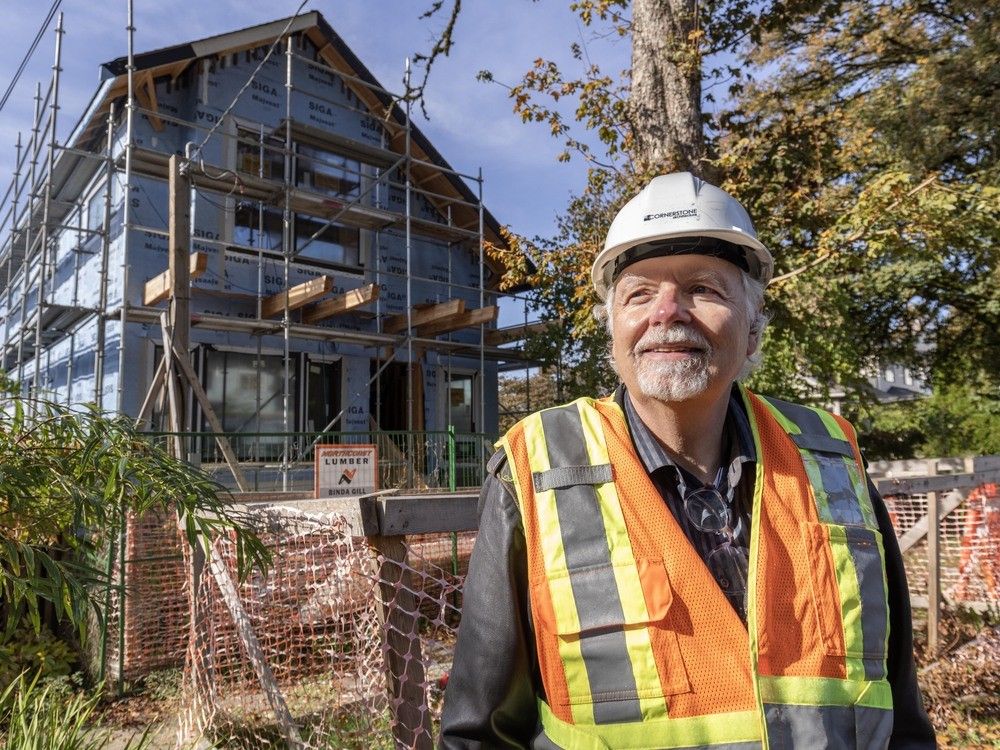OPS delaying body-worn camera roll-out to 2026 at the earliest
Get the latest from Joanne Laucius straight to your inbox
Published Oct 18, 2024 • 3 minute read

The Ottawa Police Service is delaying the rollout of body-worn cameras until 2026 “at the earliest,” says a budget report presented Friday at the Ottawa Police Board.
“While the Service is prioritizing the improvement of service delivery to the citizens of Ottawa through modernization projects, it is also conscious of the need to manage and control the cost curve in delivering policing services,” said the report.
Advertisement 2
THIS CONTENT IS RESERVED FOR SUBSCRIBERS ONLY
Subscribe now to read the latest news in your city and across Canada.
- Exclusive articles from Elizabeth Payne, David Pugliese, Andrew Duffy, Bruce Deachman and others. Plus, food reviews and event listings in the weekly newsletter, Ottawa, Out of Office.
- Unlimited online access to Ottawa Citizen and 15 news sites with one account.
- Ottawa Citizen ePaper, an electronic replica of the print edition to view on any device, share and comment on.
- Daily puzzles, including the New York Times Crossword.
- Support local journalism.
SUBSCRIBE TO UNLOCK MORE ARTICLES
Subscribe now to read the latest news in your city and across Canada.
- Exclusive articles from Elizabeth Payne, David Pugliese, Andrew Duffy, Bruce Deachman and others. Plus, food reviews and event listings in the weekly newsletter, Ottawa, Out of Office.
- Unlimited online access to Ottawa Citizen and 15 news sites with one account.
- Ottawa Citizen ePaper, an electronic replica of the print edition to view on any device, share and comment on.
- Daily puzzles, including the New York Times Crossword.
- Support local journalism.
REGISTER / SIGN IN TO UNLOCK MORE ARTICLES
Create an account or sign in to continue with your reading experience.
- Access articles from across Canada with one account.
- Share your thoughts and join the conversation in the comments.
- Enjoy additional articles per month.
- Get email updates from your favourite authors.
THIS ARTICLE IS FREE TO READ REGISTER TO UNLOCK.
Create an account or sign in to continue with your reading experience.
- Access articles from across Canada with one account
- Share your thoughts and join the conversation in the comments
- Enjoy additional articles per month
- Get email updates from your favourite authors
Sign In or Create an Account
or
Article content
“A balance between modernization while addressing financial realities will be achieved through a combination of service improvements, efficiency exercises and delaying the commencement of some initiatives.”
Body-worn cameras capture interactions between police officers and members of the public. There has been a push to introduce the technology across Canada, particularly in the wake of protests in 2020 in response to a video of a white Minneapolis officer kneeling on the neck of a Black man, George Floyd, even as Floyd said he could not breathe.
In June 2020, Prime Minister Justin Trudeau said he wanted the RCMP and municipal and provincial police forces to use body cameras.
About six weeks later, the OPS said any discussion about adopting the cameras would need to happen as part of the following year’s police budget. In January 2023, newly-appointed Chief Eric Stubbs said he was a “big supporter” of the technology. The project was later deferred.
The RCMP ran a field test using body-worn cameras and a digital evidence management system from Feb. 5 to March 31, 2024 and deemed the test successful. Between 10,000 and 15,000 body-worn cameras will be deployed to contract and federal police officers.
By signing up you consent to receive the above newsletter from Postmedia Network Inc.
Article content
Advertisement 3
Article content
Delaying the introduction of body-worn cameras comes as OPS is grappling with a number of budget pressures, including an increase in calls for service, rising crime rates and growing expectations from residents.
Operational demands are also on the rise, with more demonstrations and events, as well as an increase in reports of violent crime and property crime, said the report. Overtime costs have increased as result of the increaseddemands and overall low staffing levels. Using overtime has provided temporary relief in some cases, but the OPS continues to rely on temporary assistance from other police services to respond to major events.
The biggest challenge for the OPS is inflationary costs, said the report. These are expected to continue to increase, depending on ongoing collective bargaining with both the Ottawa Police Association and the Senior Officers Association, whose agreements expire at the end of the year.
At the same time, investment in infrastructure has not been maintained “to the same degree as other police services across Ontario,” according to the report.
Advertisement 4
Article content
“Budgetary restrictions have delayed the replacement of critical assets and increased organizational exposure. The OPS has incurred unanticipated costs associated with our cyber security program, increased maintenance costs and reduced service levels from assets failing.”
A draft budget is to be tabled Nov. 13.
Meanwhile, a survey of over 1,700 Ottawa residents conducted between May and June 2024 as part of an Advanis national survey found that public satisfaction with OPS performance has improved, said another report presented to the Police Services Board.
The survey found that 65 per cent of respondents rated OPS’s performance as “good” or “excellent,” compared to 57 per cent in 2023 and 52 per cent in 2022. About 80 per c ent of respondents reported a moderate or higher level of trust in the service, with 51 per cent expressing a high or very high level of trust.
Another survey of over 1,600 Ottawa residents conducted between Aug. 7 and Sept. 7 found that that 42 per cent of respondents “believe that leveraging technology and data-driven solutions could further enhance OPS effectiveness and transparency, signalling a desire for modernization in policing practices.”
Article content
.png)
 3 hours ago
9
3 hours ago
9


































 Bengali (BD) ·
Bengali (BD) ·  English (US) ·
English (US) ·